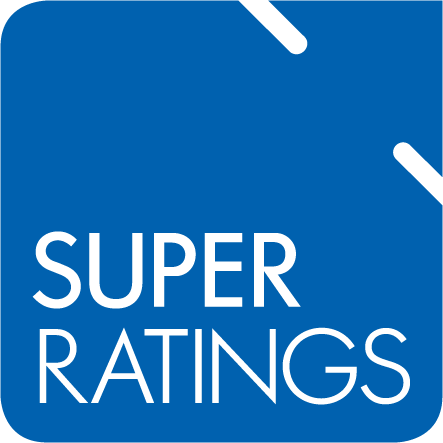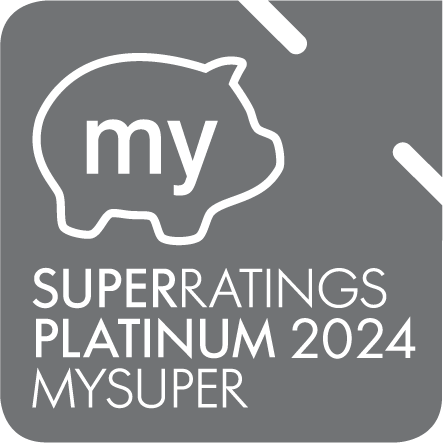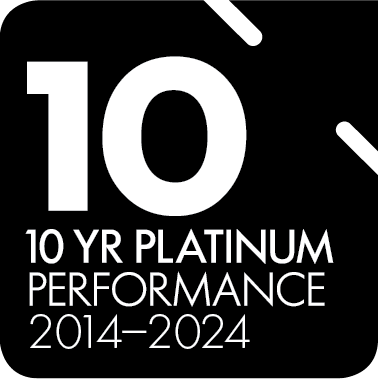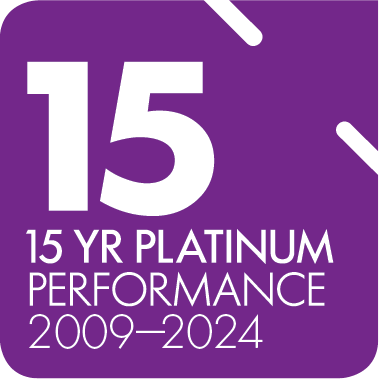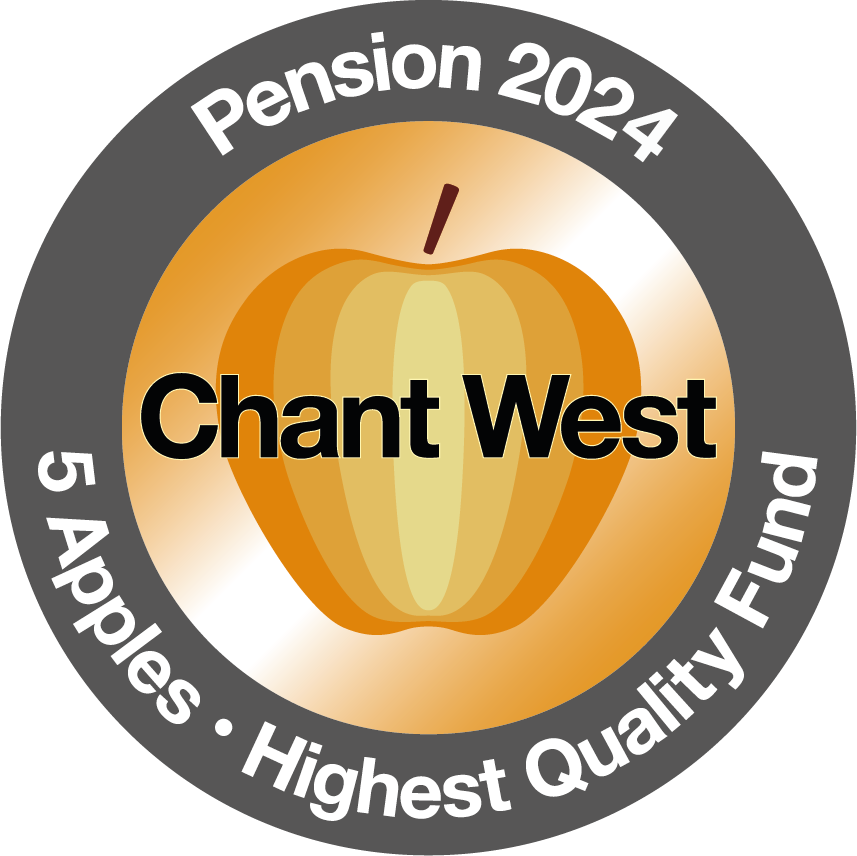Any rates and information listed are current at the date of writing (July 2023) and may change.
A cash reserve acts as a buffer in order to meet unexpected expenses providing you with immediate access to funds. A cash reserve can also act as a temporary holding fund for planned expenditure.
The amount held in an emergency fund will depend upon your expenditure, your tolerance to risk as well as what other assets you have available that could be liquidated quickly in an emergency. In general, it is recommended to have between 3 and 6 months’ worth of expenditure available either as a cash reserve or in other liquid assets that are able to be accessed quickly.
Investing on a regular basis will enable you to take advantage of ‘dollar cost averaging’, which is a method used to reduce the risk associated with fluctuating market prices. The result is that over a long period of time, short-term movements in the various investment markets become less significant as you have bought at both low and high prices.
Regular investing is often referred to as a savings plan. This type of investing can be implemented by way of direct debit, whereby the amount is automatically withdrawn from your nominated bank account.
The benefits of a regular savings plan are:
- You build assets towards long term wealth creation;
- We ensure that your surplus income is invested as you receive it and is not spent as part of your living expenses;
- Reinvesting income distributed from the investment compounds your investment returns, thus furthering wealth creation.
Dollar cost averaging is a strategy used where you invest a lump sum of capital over a long period of time in order to purchase units at differing unit prices. Regular investment has been proven to be one of the most effective ways of achieving financial goals.
With dollar cost averaging, you can build assets by setting aside funds at regular intervals regardless of market conditions. Thus you buy assets at different market prices, effectively averaging out the cost of your investment. This reduces the risk associated with fluctuating unit prices and trying to time the most appropriate time to invest.
This method of regular investing can be used with non-superannuation and superannuation strategies. An example of how it works is below:
Month | Amount | Unit | Units |
1 | 100 | 100 | 1.00 |
2 | 100 | 95 | 1.05 |
3 | 100 | 98 | 1.02 |
4 | 100 | 92 | 1.09 |
5 | 100 | 86 | 1.16 |
6 | 100 | 90 | 1.11 |
7 | 100 | 85 | 1.18 |
8 | 100 | 89 | 1.12 |
9 | 100 | 93 | 1.08 |
10 | 100 | 95 | 1.05 |
11 | 100 | 98 | 1.02 |
12 | 100 | 100 | 1.00 |
Total | 1,200 |
| 12.88 |
| Amount |
Total Amount Invested | $1,200 |
Total End Value (Total Units Purchased x End Value per unit) | $1,288 |
Gross Capital Gain | $88 |
A capital gain was achieved without the price per unit ever going above the starting price of $100.
Managed funds allow you to pool your money with many other investors in a unit trust. You are issued with a number of units based on the current unit price and the amount you invest. The unit price reflects the value of the managed fund’s investments and can rise and fall as a result of the underlying investments.
Pooling your money means that the fund manager has greater buying power and in turn enables you to take advantage of investment opportunities otherwise unavailable to you, specifically by increasing the number and type of assets you invest in.
The total amount invested in the managed fund is invested in accordance with the fund manager’s research.
The advantages of a managed fund can be:
- You can choose a managed fund in accordance with your personal investment risk to assist in achieving your financial goals;
- You achieve sufficient diversification across the different asset classes, and the sectors within each of the asset classes;
- Liquidity and flexibility. The proceeds from managed funds can usually be accessed within one to two weeks;
- The underlying investments within the managed fund can provide some tax advantages such as franking credits.
The disadvantages of a managed fund can be:
- The costs associated with investing into managed funds are generally higher than direct investments;
- Loss of control as the underlying investments are selected by investment managers.
A Wrap account allows you to invest in listed shares, listed unit trusts and wholesale managed funds, and allows us as your adviser to electronically administer and consolidate your investments, making the investment process flexible and easy to administer. All your investments are held under the one ‘umbrella’ and all compliance and administration is taken care of within your Wrap account.
To manage your portfolio, upon establishing your Wrap account a Cash Account is automatically opened. The Cash Account acts as a holding fund for future purchases as well as to meet fees and charges, taxes, collection of income, pension payments etc. The Cash Account is a competitive interest bearing account and forms part of your investment holdings.
As part of the portfolio management service your adviser will be able to access up to date information, administer your portfolio and with your authorisation electronically transact on your portfolio. In addition, you can also view information on your portfolio balance and monitor your investment transactions and holdings via the telephone or Internet service. These services are available 24 hours a day, seven days a week.
Wrap accounts also offers superior reporting by providing consolidated tax and investment reports. This assists your adviser in performing ongoing reviews and you when it comes to preparing tax returns. A summary portfolio statement is provided to you quarterly and a single tax statement is prepared at the end of the financial year, which saves time, for you, your accountant and us.
For assets acquired after 19 September 1985 (where the asset has been held for at least 12 months) and disposed of after 21 September 1999, an individual, trust or super fund has the option to elect the:
- Frozen indexation method (from the date of acquisition up to 30 September 1999, being the date of the last index number) or;
- Discount method, where you elect to pay tax on 50% of the capital gain.
The method that gives the smaller capital gain should be chosen.
Where you have a capital loss, the loss can only be offset against a capital gain. However, capital losses can be carried forward to future years (indefinitely).
If you are electing the discount method, you should offset a capital loss to a capital gain prior to applying the 50% discount.
You should seek advice from your tax adviser prior to the sale of investments for an accurate determination of your capital gains tax liability.
Lifetime annuities are an investment product that pay a fixed regular income for the remainder of your lifetime in exchange for a lump sum amount. Annuities can be purchased with either superannuation or non-superannuation monies.
The product provider guarantees payments over the full term of the annuity. In the event you pass away, the payments may continue to a reversionary beneficiary or a lump sum may be paid to your estate.
The deductible (tax-free) amount is the proportion of each annuity payment that is deemed to represent the return of part of your capital and is calculated based on the gender and age of the investor at the time of investment.
[Purchase price (less withdrawals) less Residual Capital Value (RCV)] / term of the annuity
In contrast, the assessable (taxable) amount is the amount of each annuity payment that notionally reflects earnings. Where income paid from the lifetime annuity is less than and is taxable at your marginal tax rate.
The deductible amount for Centrelink purposes is calculated in the same manner:
[Purchase price (less withdrawals) less Residual Capital Value (RCV)] / term of the annuity
The benefits of lifetime annuities are:
- As the investment risk is borne by the provider, you will receive guaranteed income for the rest of your life, regardless of the investment performance of the assets supporting the income stream;
- You can receive your income payments monthly, quarterly, half-yearly or yearly;
- When purchased with superannuation monies, payments are tax-free where you are over 60 years of age. Where less than 60 years of age you may be eligible to receive a deductible amount and tax offset;
- You may be able to increase your regular income payments in line inflation;
- As of 1 July 2019, under the social security income test, only 60% of any payment you receive is assessable as income for social security purposes. And, under the social security assets test, generally only 60% of the purchase price will count as an asset through to age 84, or for a minimum of five years. From that point onwards only 30% of the purchase price counts as an asset.
- In the event of death, the income payments can continue to be paid to a nominated beneficiary until the end of the guaranteed period; and
The risks and disadvantages associated with lifetime annuities are:
- If you die outside of the designated guarantee period, your beneficiary will lose the ability to withdraw a set percentage of your initial capital;
- You lose the ability to access your capital as withdrawals are only available in certain circumstances;
- A general lack of flexibility as income payments and frequency of payments are fixed at the time of purchase and you will not be able to select the assets you invest in;
- Any earnings will be assessed at your Marginal Tax Rate;
- The returns of an annuity over time may be significantly lower than what you could achieve by investing your funds in an Account Based Pension with the same asset allocation.
Togethr Financial Planning Pty Ltd (ABN 84 124 491 078, AFSL 455010) trading as Equip Financial Planning and Catholic Super is a subsidiary of Togethr Holdings Pty Ltd (ABN 11 604 515 791). It is a related entity to Togethr Trustees Pty Ltd (ABN 64 006 964 049, AFSL 246383), the trustee of the Equipsuper Superannuation Fund (ABN 33 813 823 017) whose divisions include Catholic Super.
This information is general information only. It has been prepared without taking into account your personal investment objectives, financial situation or needs. It is not intended to be, and should not be construed in any way as, investment, legal or financial advice.
